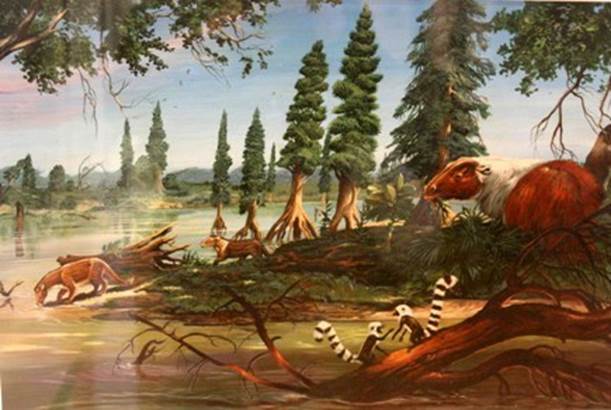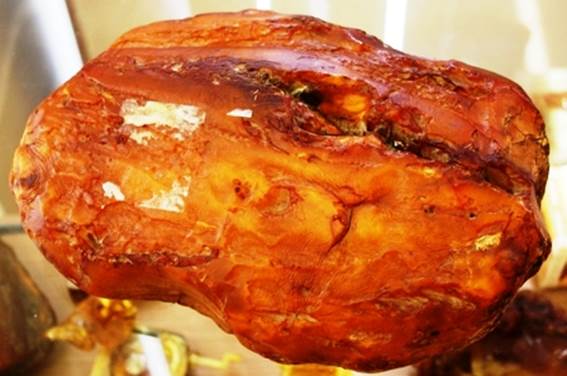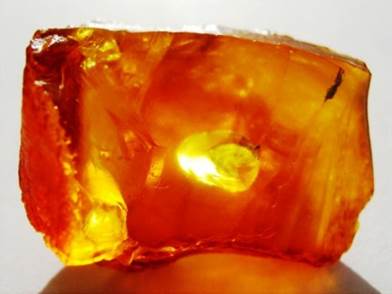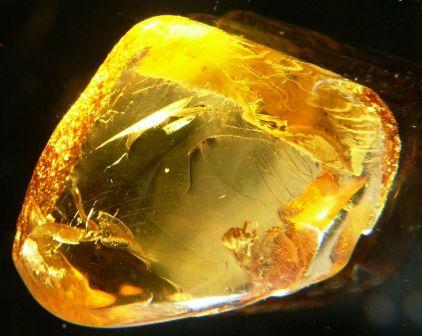THE ENVIRONMENT OF AMBER FORMATION
Amber started formatting 55-40 million years ago (during Cenozoic and Paleocene periods). The amber-full woods grew in the southern and middle part of what is now Scandinavia and in the adjacent areas of the Baltic Sea bottom (the Baltic Sea started formatting around 13 thousand years ago). Coniferous woods grew in this territory and from their resin amber was formed.
In XIX and XX centuries most scientists stated, basing their statements on research of the inclusions found in amber, that the habitat of the amber-full woods is far greater, because the insects and plants found in amber are typical to tropical regions and flora and fauna from different climate zones can‘t co-exist in the same area.
Scientist O. Her when explaining in 1869 how plants and animals typical to tropical and middle climates appeared in amber, stated that amber woods spanned through a huge mountain range covering areas from Scandinavia to Middle Europe and rivers from all of these areas carried amber with insects and animals to the sea, thus the variations in amber inclusions found in one place.
H.Konvent in his 1890 work „Monograph about amber“ wrote that amber woods were dense, humid, dark and on their southern edges warmth-loving and even tropical plants grew. According to him almost all the trees were diseased. They were crippled by insects, parasite fungus, plants and various natural disasters (storms, thunders, fires, falling trees). While being constantly crippled these trees produced much resin which formed amber.
In 1915 the researcher of amber inclusions V. Vyler, while researching amber pieces with several or more inclusions, noticed that each of them contains insects of tropical and moderate climates. The scientist explained this fact – at the time of amber formation the tropical climate changed into the moderate one, thus the fauna is relict.
After summarizing previous scientists‘researches of insects, in 1942 an analyst of amber fauna K. Anders formulated a hypothesis that amber forests grew on mountains. On mountaintops and on north sides coniferous trees grew and warmth-loving trees – on the mountain bases and southern parts, that‘s why, according to the author, insects of various climate zones are found in amber.
Later amber inclusion researches regarding its varietal composition proved that the insects and plants specific to tropical and moderate climate zones existed simultaneously. This fact is explained by the researches of amber and climate: it‘s very hard to distinguish such climate zones typical today at the period of amber formation (paleogenic period). Climate research shows that during paleogenic period variations in temperature weren‘t apparent, so they didn‘t have much significance on the spread of flora.
 EN
EN LT
LT




















